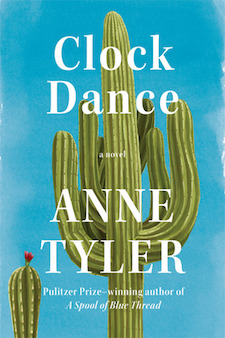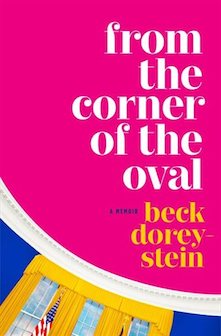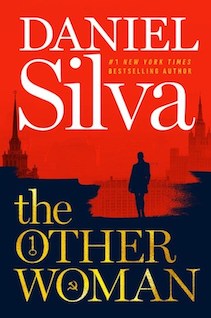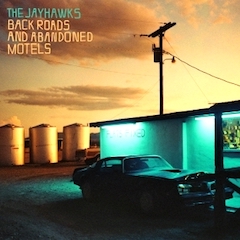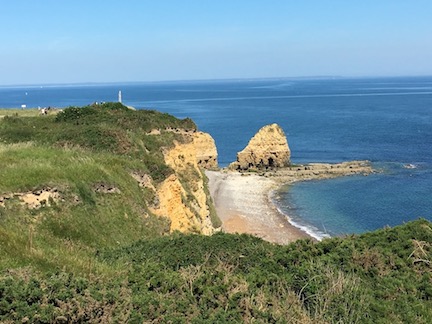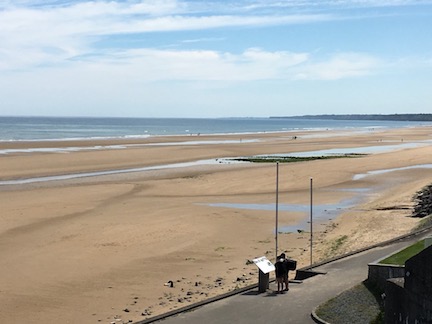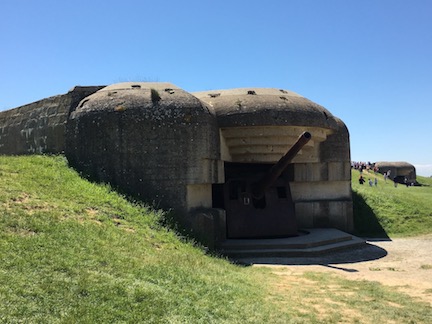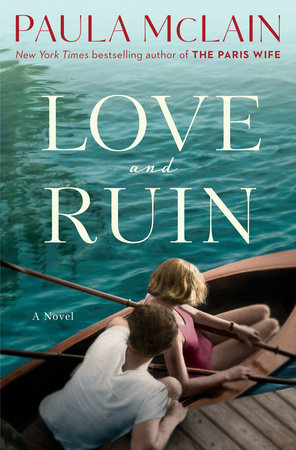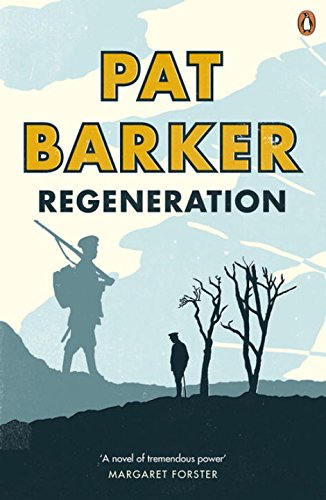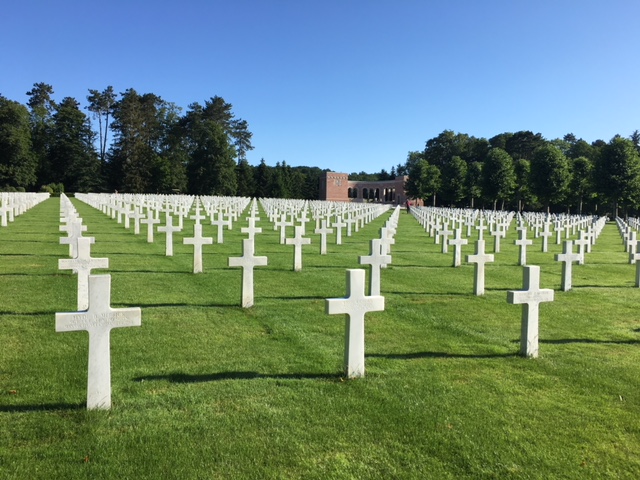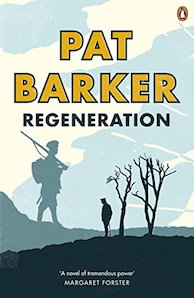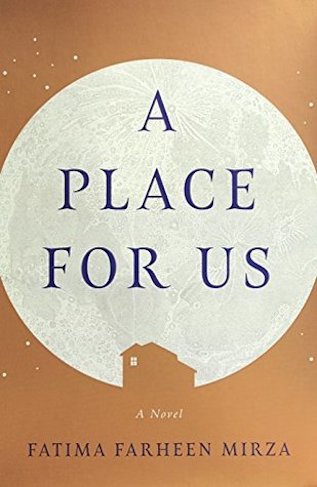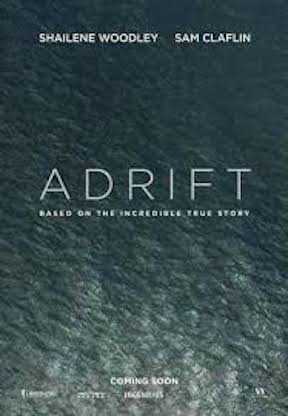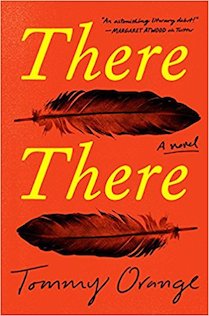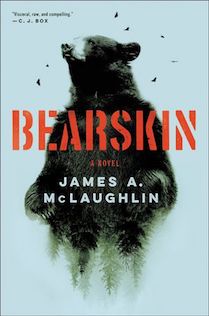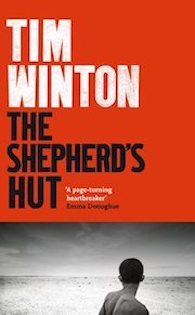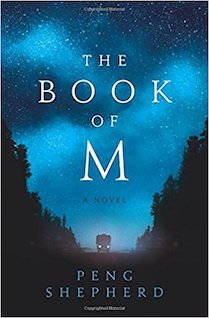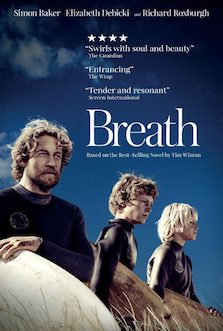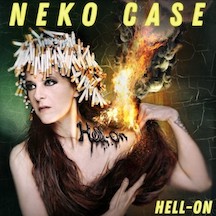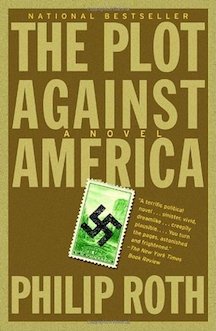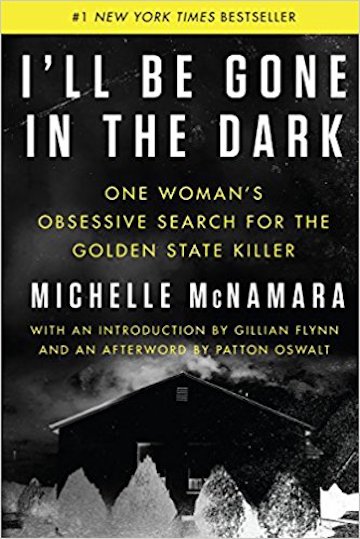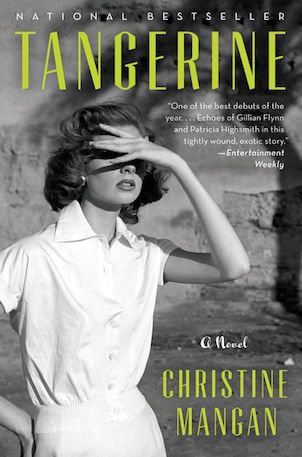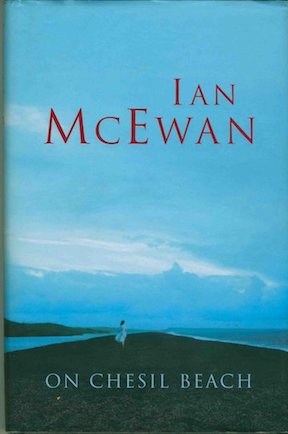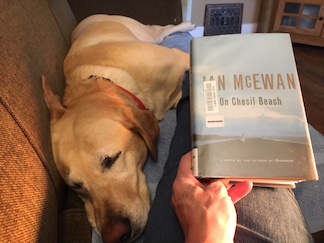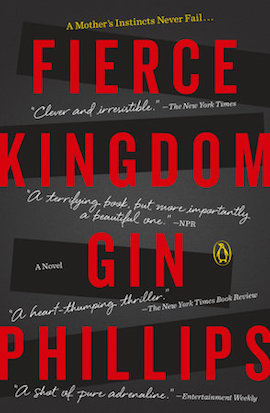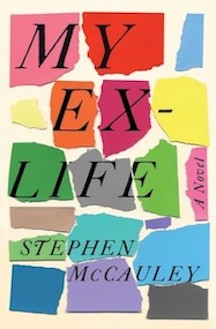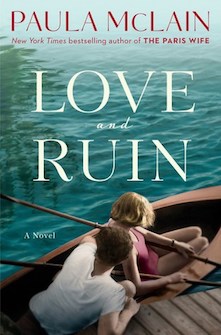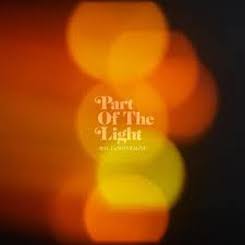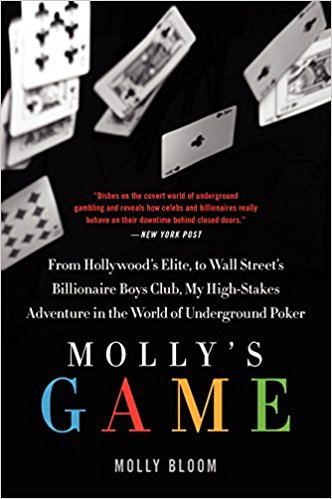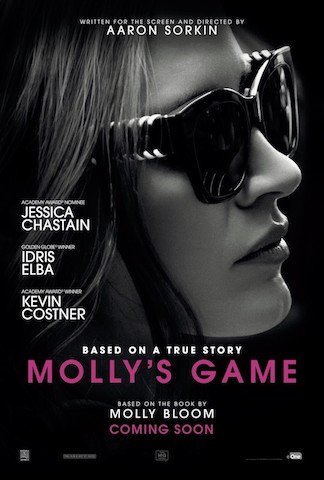
Oh blimey, it’s August already. July went by in a flash and this month means fall and winter are that much closer, especially living in a northern country. Gads, August usually feels like the last hoorah and that the end is near, but I’ll do my best to hang onto summer as long as possible. My Lab Stella (at left) has the right idea. She likes to cool off in the rivers here. She considers herself the best swimmer in the family and also the best canine swimmer in town. She’s that cocky around water. When she jumps in after her ball, she likes to make a huge splash as if to say this is lightweight stuff … give me some rapids or at least something to challenge me. We try our best to appease her and take her swimming to various spots on the warmest of days, which seems to keep her happy.

Meanwhile I’ve been busy getting ready for the upcoming senior national tennis tournament, which starts mid-August. I debated whether to play in it this year since my doubles partner moved back to Austria, but in the end I decided to carry on with it. So I’ll be in Montreal mid-month swinging the racket amid the high humidity temperatures and trying not to pass out. Luckily it’s quite a fun city to explore (we’ve been there once before), which I hope to do in between matches. There’s some good bike paths and interesting sights along the St. Lawrence River and surely some enticing restaurants too. So that’s on my radar ahead. Have you ever been there and do have any recommendations? Until next time, I’ll leave you with a few reviews of what I finished lately.
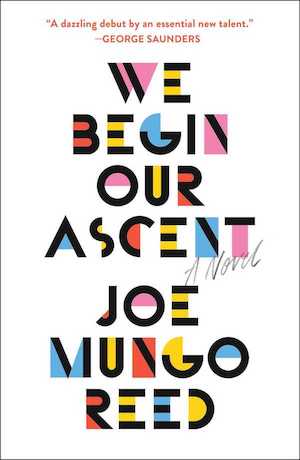
British author Joe Mungo Reed’s lean debut novel “We Begin Our Ascent” took me a few weeks to get through. Don’t ask me why: the timing of it couldn’t have been better — all while we were watching the Tour de France. I guess I wanted to absorb it into my bloodstream, or else it took me a while to be fully engaged in its story. Whatever the case, it’s narrated in quite a streamlined, taut style by a bike racer in the Tour de France who’s name is Sol. He — along with his other teammates— are trying to propel their top rider, Fabrice, to gain time over other competing teams’ riders. Sol’s wife Liz is a research biologist who shares his extreme work ethic and ambitions and now they have a one-year-old son so they could really use the money if they were to succeed. But both become entwined in a doping scheme concocted by Sol’s team director Rafael. Yikes is right.
The novel seems to be both about their marriage and about racing in the Tour … about pursuing difficult goals and determining whether they’re worth the price. I found the novel picked up towards the end and includes a wrenching climax in the race and about the scheme. The tale is a bit different than the Lance Armstrong saga if you’re wondering, and the author surely knows his stuff about professional cycling. I was impressed. I’m a fan of sports novels and this one is quite a good one. It shows what it takes being a pro athlete, the toll and hardships — the ups and and downs — and really gets into the complexities of the competitive experience. For those who like sports novels, or the Tour de France, you might want to give this one a try.
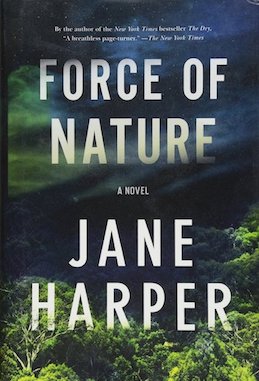
Next up, I listened to the audiobook of Australian author Jane Harper’s second mystery thriller “Force of Nature,” which is about an employee that goes missing on a corporate retreat in the wilderness. Uh-oh. Five women set out on the trail but only four return. And once again Federal Police Agent Aaron Falk, who was in Harper’s first novel “The Dry,” is involved in investigating the case. It so happens that the missing hiker had been an insider source for Falk on an extensive money-laundering case before she disappeared. Uh-oh.
Hmm. The story revolves around the company’s work retreat that goes awry — team building anybody? — and includes quite the catfight among the female staffers who set out on the hike through the rugged wilderness. Things I liked about the mystery were: the mountainous setting and atmospheric feel of the wilderness and cold in it — as well as the allure of investigator Falk who seems to have feelings for his new partner Agent Carmen Cooper. I also liked how the mystery got solved and the ending that seemed a bit clever. All of the women hikers appeared a bit culpable in what happens. The second half of the book seemed better than the first, mainly because the pace picks up and things begin to happen and I finally came to differentiate among the various work colleagues.
What I didn’t care for as much was the cast of employees on the retreat — all of whom I didn’t find all that likable or sympathetic, which at times made me care less about the story. The structure too, which jumps back and forth in time — from the search and investigation to the women hiking the trail — is at times offsetting in its many transitions but also kept me on my toes in its movement of the story. By the end, I enjoyed the mystery enough and will likely continue to follow Jane Harper’s Australian set novels, starring the enticing loner and amiable guy Agent Aaron Falk.
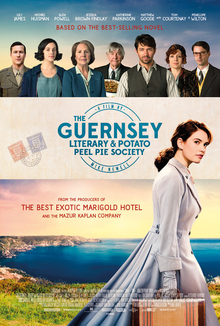
Lastly, I was curious about “The Guernsey Literary and Potato Peel Pie Society” being made into a movie (via Netflix starting Aug. 10) so I listened to it as audiobook recently. Somehow I had skipped the novel back when it was a bestseller in 2008. I’m not sure why, perhaps it was the fact that the story was entirely composed of letters did not overly appeal to me at the time, or maybe I was afraid it might be a bit on the fluffy, light side. But now with the movie having Lily James playing the lead, and Matthew Goode and Penelope Wilton from “Downton Abbey” taking roles, I was going to see it through. Did I happen to mention that the hunky Michiel Huisman stars as Guernsey islander Dawsey Adams? Gracious, I never imagined Dawsey from the book being like that. No way and no how. Get me quarantined on that island at once! Judging by the trailer, it’s a movie that follows the letters and story of the book fairly closely, so I’ll probably catch it once Netflix releases it.

Returning to the book — you likely recall the novel is set in 1946 and is about a 32-year-old female writer who begins to correspond with members of a literary society on the island of Guernsey. As the story relates, the Potato Peel Pie Society was created by Guernsey islanders initially as a cover to break curfew during the Nazi Occupation of the island during WWII. Though at the novel’s outset — the society’s beloved founder Elizabeth is still missing in France after being sent to prison there during the war.
Admittedly I came to like the author protagonist, Juliet, who is quite engaging — as well as I liked finding out about the information of Guernsey Island during WWII, which I had not known about before. The various characters too on the island were quite colorful and I liked how books in the story (thru the literary society’s members) played a key part in keeping spirits lifted during those dark times. The magic of reading is one of the novel’s various themes — so I can’t fault that.
For sure some of the relations in the story come across too sweetly or such … and at times I got tired that it’s all told through letters … just get on with the story. The love part between Juliet and her suitors was all right though a wee bit much at times and maybe a bit unlikely. The ending too cuts off quite abruptly with Juliet’s wedding plans … as if that sums it all up. Still I can see what the novel’s appeal was when it came out. I don’t think I’ve ever read anything about Guernsey Island before, which intrigued me about it. It’s sad to think that the original author Mary Ann Shaffer did not get to see it published before she passed away, which is a bit like Stieg Larsson passing away before his trilogy of “The Girl With the Dragon Tattoo” came out. Tragically, they did not get to know of their considerable success.
That’s all for now. I did also finish Sebastian Faulk’s 1993 novel “Birdsong” (my second time for this one) and Laura Lippman’s suspense novel “Sunburn,” but I think I will save those and chat about them another time.
What about you — have you read any of these books — and if so, what did you think? And most importantly, how is your summer going?


